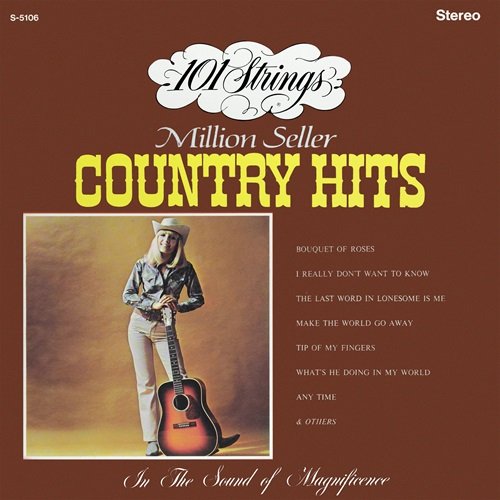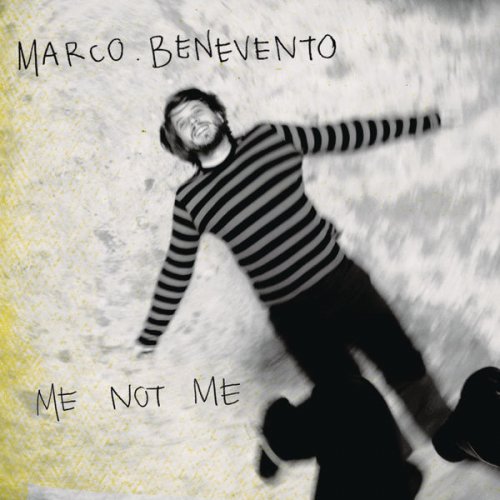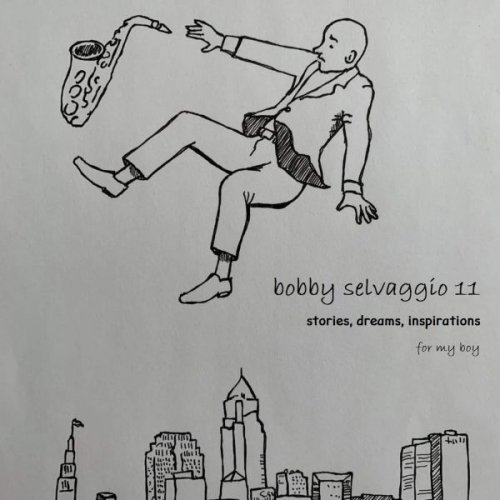Aurora Peña, Concerto 1700 & Daniel Pinteño - José de Torres: Amoroso Señor (2019)
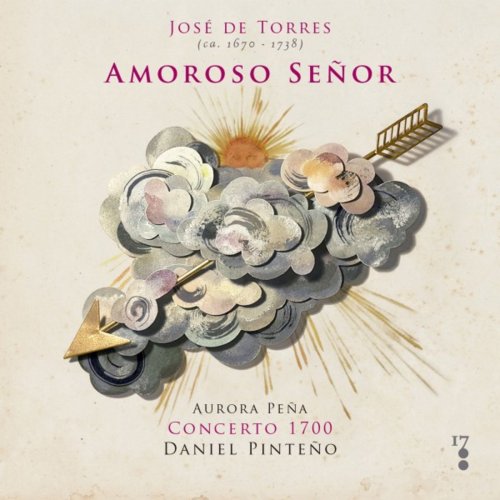
Artist: Aurora Peña, Concerto 1700, Daniel Pinteño
Title: José de Torres: Amoroso Señor
Year Of Release: 2019
Label: 1700 Classics
Genre: Classical
Quality: flac lossless
Total Time: 00:58:00
Total Size: 258 mb
WebSite: Album Preview
TracklistTitle: José de Torres: Amoroso Señor
Year Of Release: 2019
Label: 1700 Classics
Genre: Classical
Quality: flac lossless
Total Time: 00:58:00
Total Size: 258 mb
WebSite: Album Preview
01. Reloj Que Señala Cantada al Santísimo: I. Reloj Que Señala (Aria)
02. Reloj Que Señala Cantada al Santísimo: II. Ay, Que Cada Minuto (Recitado)
03. Reloj Que Señala Cantada al Santísimo: III. Aun en Música Sonora (Aria)
04. Sosiega Tu Quebranto Cantada al Santísimo: I. Sosiega Tu Quebranto (Aria)
05. Sosiega Tu Quebranto Cantada al Santísimo: II. Ya el Enemigo Infiel de los Mortales (Recitado)
06. Sosiega Tu Quebranto Cantada al Santísimo: III. de Airados Vientos (Aria)
07. Amoroso Señor Cantada al Santísimo: I. Amoroso Señor Omnipotente (Recitado)
08. Amoroso Señor Cantada al Santísimo: II. Quien Todo Es Amores (Aria)
09. Amoroso Señor Cantada al Santísimo: III. Goza, Goza Dichosa (Recitado)
10. Amoroso Señor Cantada al Santísimo: IV. Suave Acento (Aria)
11. Murió por el Pecado Cantada al Santísimo: I. Murió por el Pecado (Recitado)
12. Murió por el Pecado Cantada al Santísimo: II. El Arroyo Estaba Helado (Aria)
13. Murió por el Pecado Cantada al Santísimo: III. Venérente, Señor (Recitado)
14. Murió por el Pecado Cantada al Santísimo: IV. No Tema el Día (Aria)
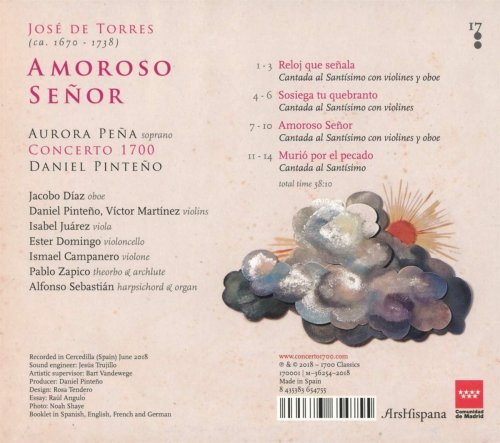
Despite being practically unknown nowadays, José de Torres was very prestigious among his contemporaries, which meant that his work circulated widely throughout Hispanic territories. It is thus not by chance that the four cantatas selected for this CD are found nowadays in the cathedrals of Mexico and Guatemala. The late cantatas by José de Torres show the assimilation of the latest musical tendencies, always in a personal and very original manner. While in his first cantatas, written during the 1710s, Torres mixed recitatives and arias with other genres from the late 17th-century Hispanic musical practice, such as coplas, seguidillas, graves, minuets, estribillos or fugues, in his late cantatas he chooses to follow the standardized pattern of a succession of recitatives and arias. In addition to this, the length and complexity of the arias become considerably greater compared to his first ventures into the genre.

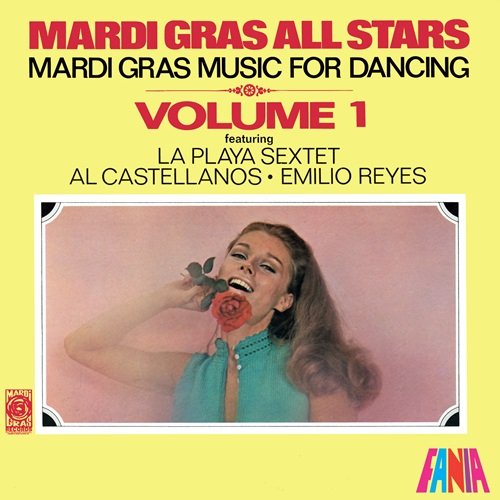
![The Second Hand Orchestra - SNOW, This Is Christmas (2025) [Hi-Res] The Second Hand Orchestra - SNOW, This Is Christmas (2025) [Hi-Res]](https://img.israbox.com/img/2025-12/29/rduearbt1v1wv82iyir3kdf41.jpg)
